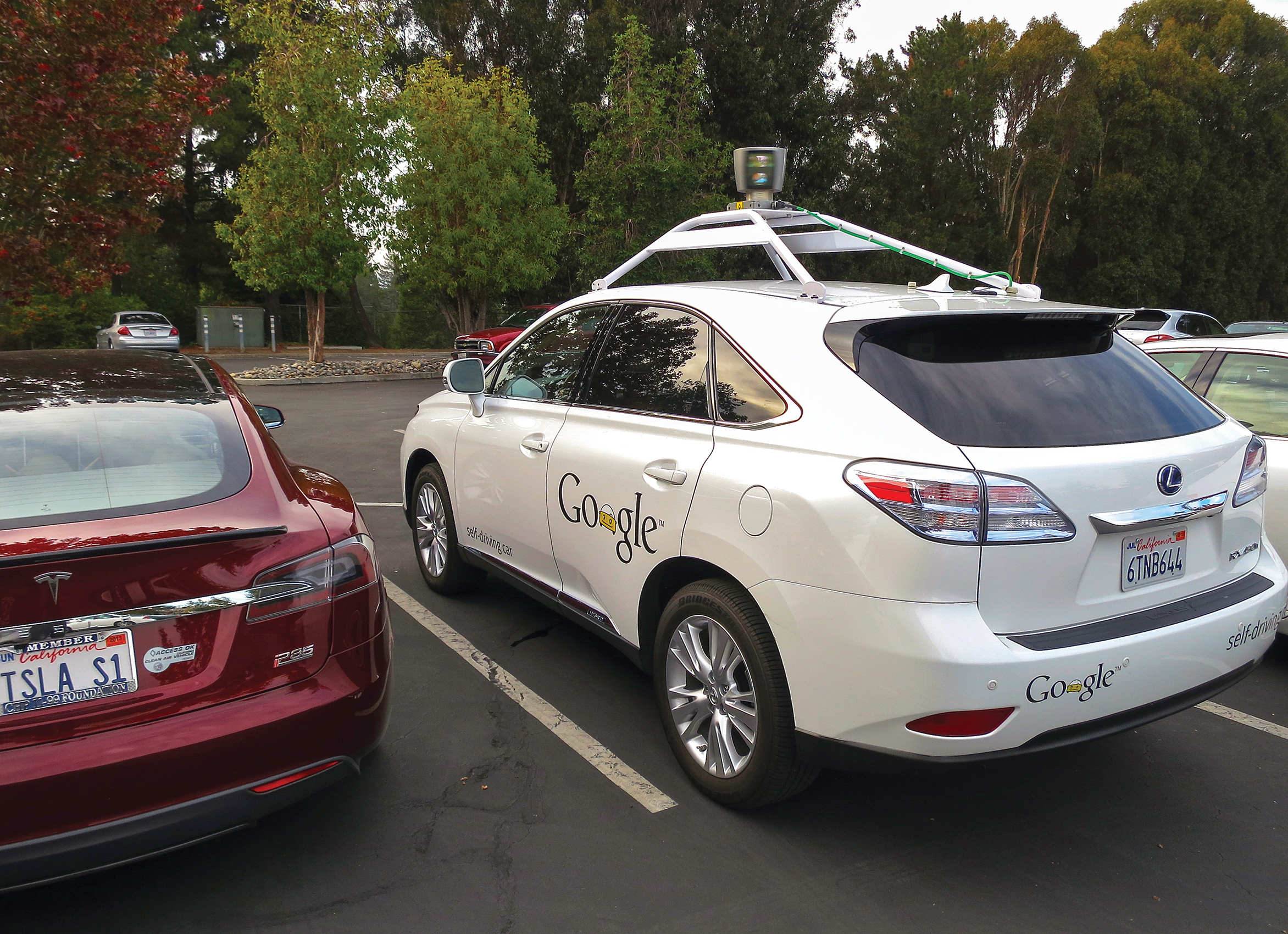Base level of regulation is important, but too much will strangle innovation
Imagine you’re driving down the road and, suddenly, a kid jumps out right in front of you. Do you swerve hard to the side even if it means you might hit a tree and die?
What if you were sitting in a car, and the car was being driven by artificial intelligence (AI)?
With Transport Canada deciding to study the safety of bringing driverless cars onto Canadian roads, this question about AI is becoming more pressing than ever. But they need to be careful in what recommendations they make.
Here’s the thing: when it comes to driverless cars, a lot of people would be uncomfortable with sacrificing an innocent kid on the road. But most people would also be reluctant to buy a car that would sacrifice them. Of course, this raises interesting questions not only for the industry, but also for the regulators: should the government decide who gets killed when this happens?
That is a big issue, but the government simply shouldn’t have the power to control death—the very same principle we recognize when we outlaw capital punishment and legalize assisted dying. That being said, there is a need for some regulation to ensure that no abuse takes place. For instance, a car being programmed to prefer running over the kid rather than breaking the passenger’s leg.
Another idea that comes up regularly is that cars can be fitted with emergency brakes and steering that only humans can use. That idea is just problematic—people need to get over the conceit of thinking that human intelligence is inherently better than any other type of intelligence, because it quite simply isn’t. In fact, the evidence today shows that humans are worse drivers than AIs. Forcing driverless cars to have emergency brakes that can be operated by people is not only pointless, but probably makes the cars less safe.
Driverless cars will be a powerful boost to our economy and our society. The government should give the technology the room it needs to develop and thrive, and not strangle it with undue precaution. Of course, there should be a bare minimum of regulation ensuring that the cars are able to properly navigate, recognize obstacles, and know the law of the road. But this kind of regulation should be kept to a minimum.
The only place in which the regulation shouldn’t be kept to a minimum is in privacy. The government needs to enact strong laws to ensure that cars don’t just become roving data pirates hoarding information about the passengers.
Of course, driverless cars aren’t quite ready to take over the roads just yet, but Canada should seize the opportunity to become a world leader in this technology while we still can. This means that our government should do its best to actively encourage development and testing of driverless cars on Canadian roads.
Driverless cars are going to be the future, whether we like it or not. So we should make sure that that future benefits Canadians—and that means embracing AI behind the wheel.





